The easiest way to avoid a data disclosure is to not have data in the first place. If you work from home, minimize printed copies of sensitive information and don’t store data electronically unless you are allowed to do so. Take these steps to protect data:
- Minimize printing.
- Keep work documents in a locked drawer or file cabinet. Cover sensitive data – don’t leave papers where others can see them.
- Shred documents with sensitive data as soon as you can.
If you need to store work files on a flash drive, external hard drive, or your personal computer:
- Get permission first.
- Use an encrypted drive.
- Erase files as soon as you can.
If you use a printer at home:
- Change your ‘admin’ password. Just like routers, many printers have a password for access and settings. If it’s an option but not enabled, add a password.
- Update the printer’s ‘firmware’ – the software that makes the printer work. You might update firmware and settings using software installed on your home computer, using a built-in control panel, or by connecting to your printer using a web browser.
- Disable admin access (‘remote management’) from the internet. Block this option if your printer has it – a skilled hacker can ‘jump’ from an insecure printer to computers on your home network.

